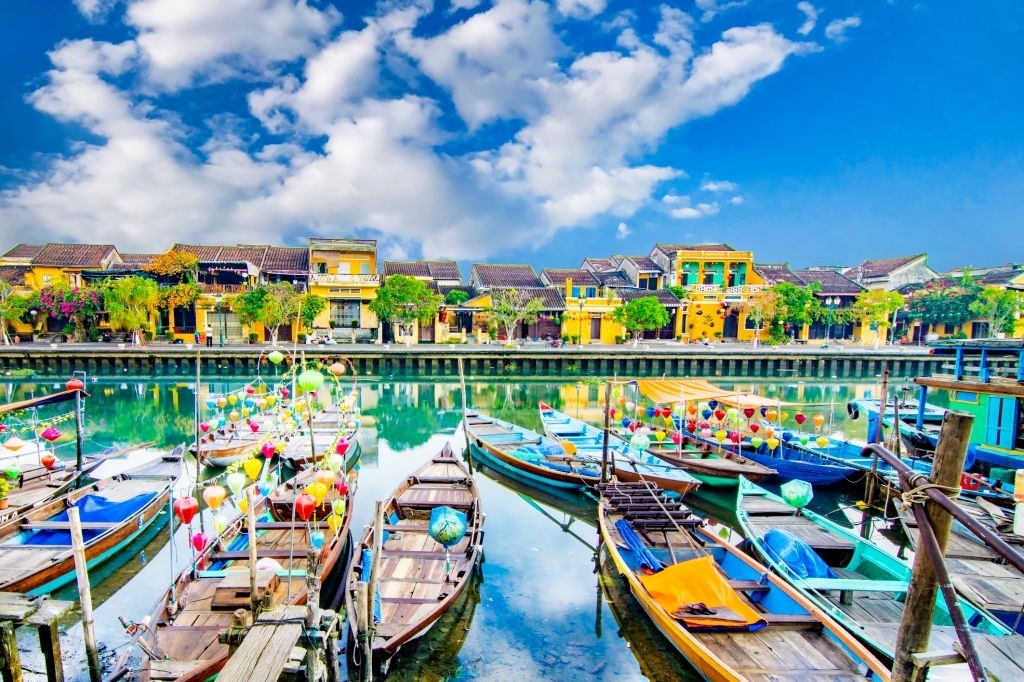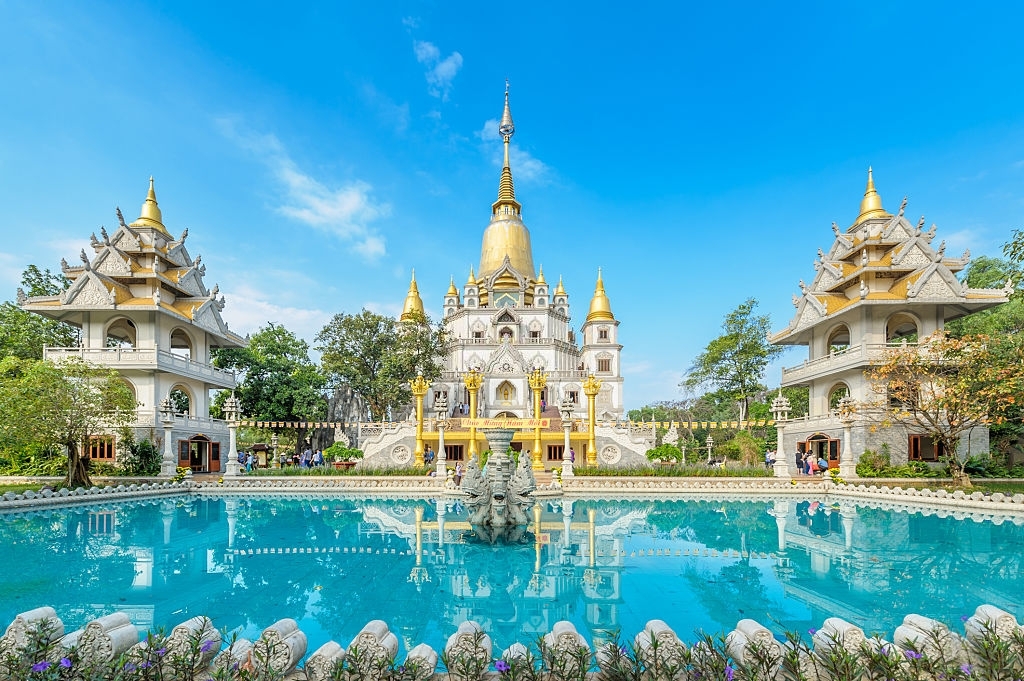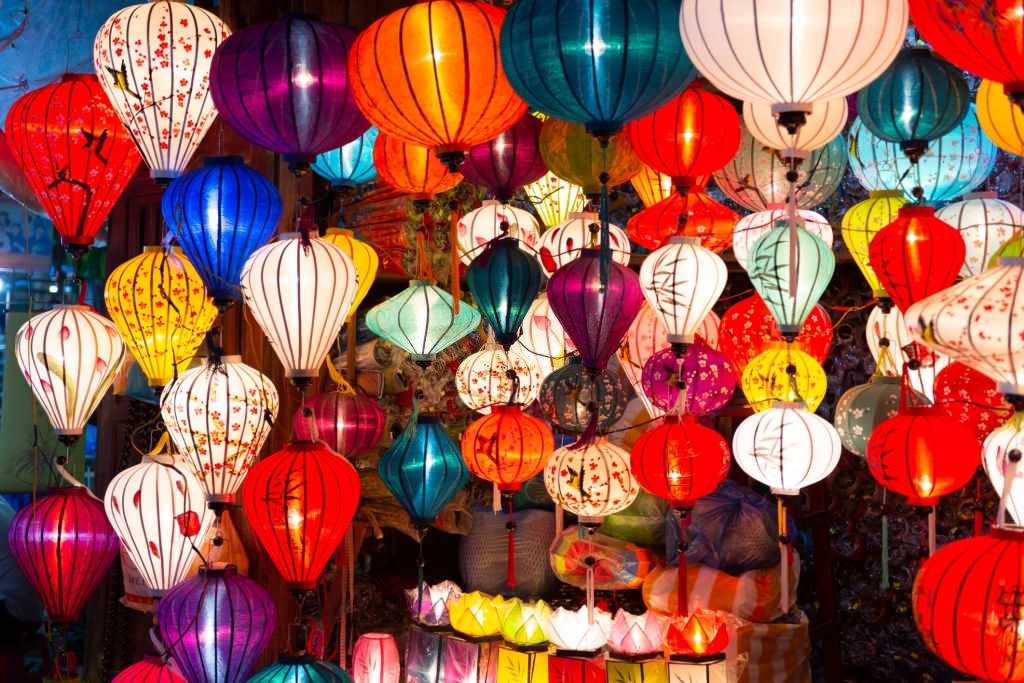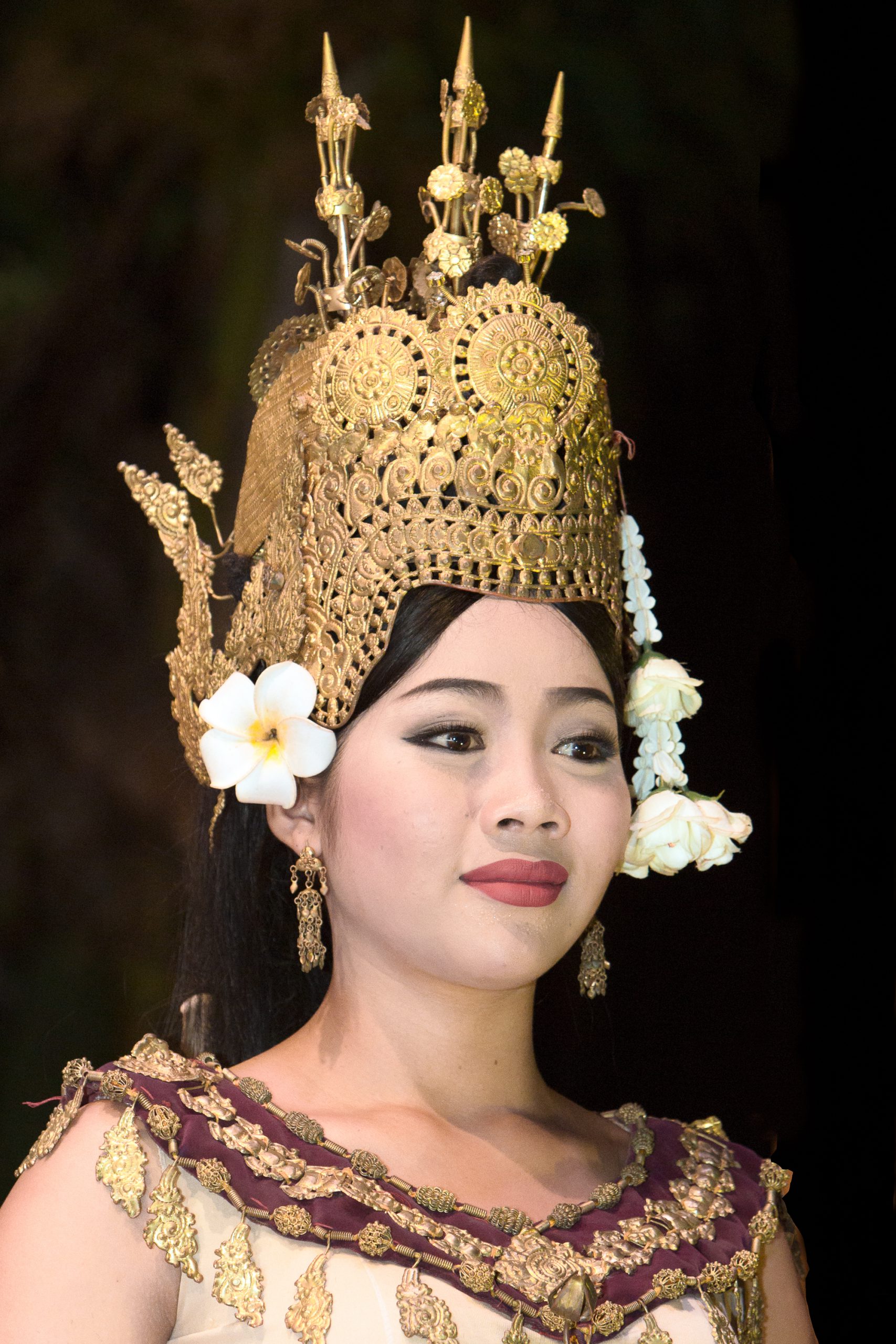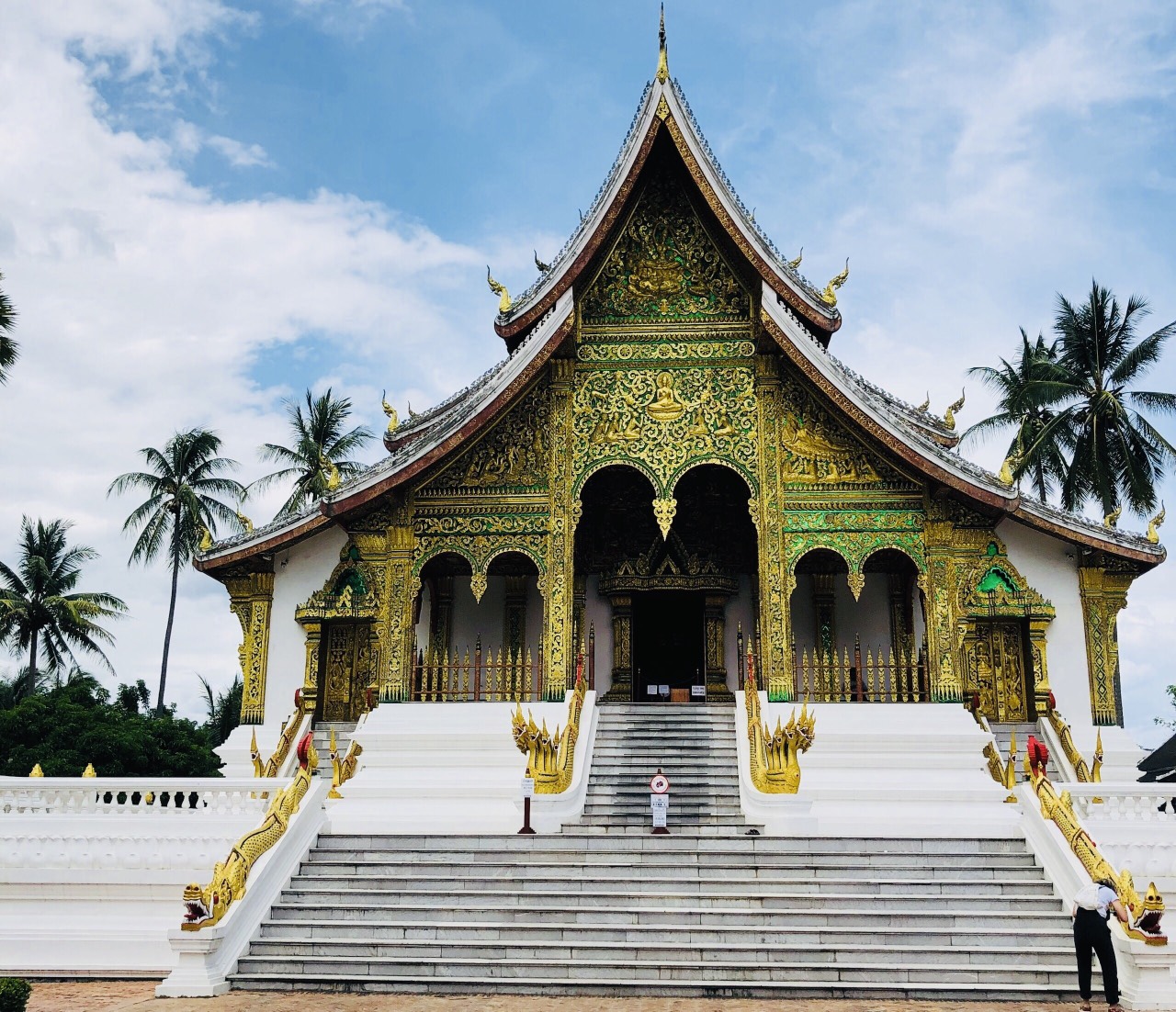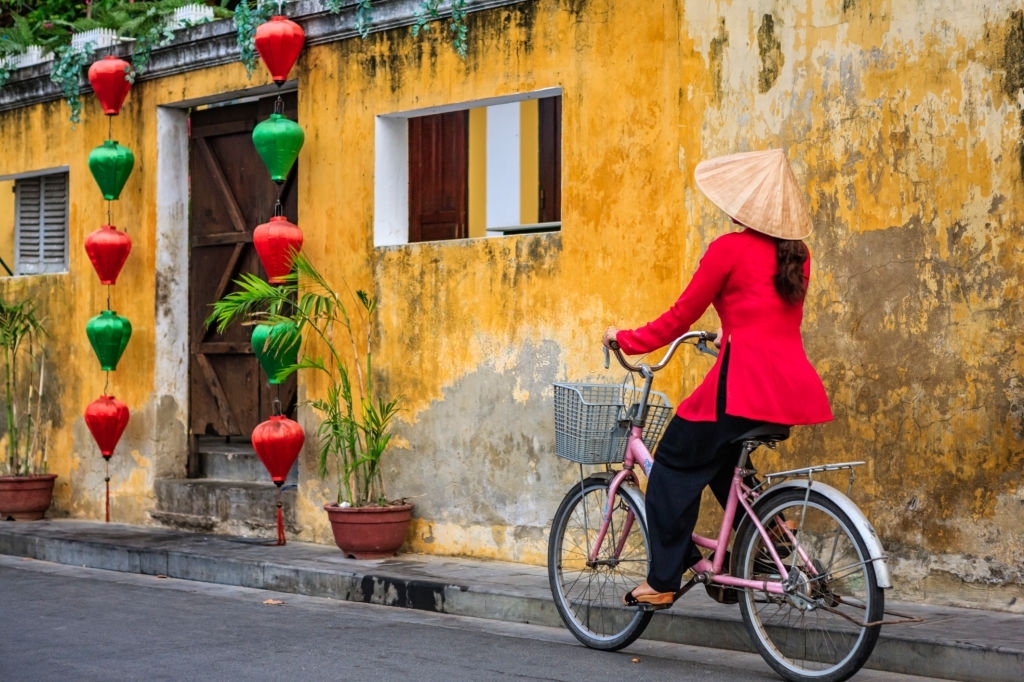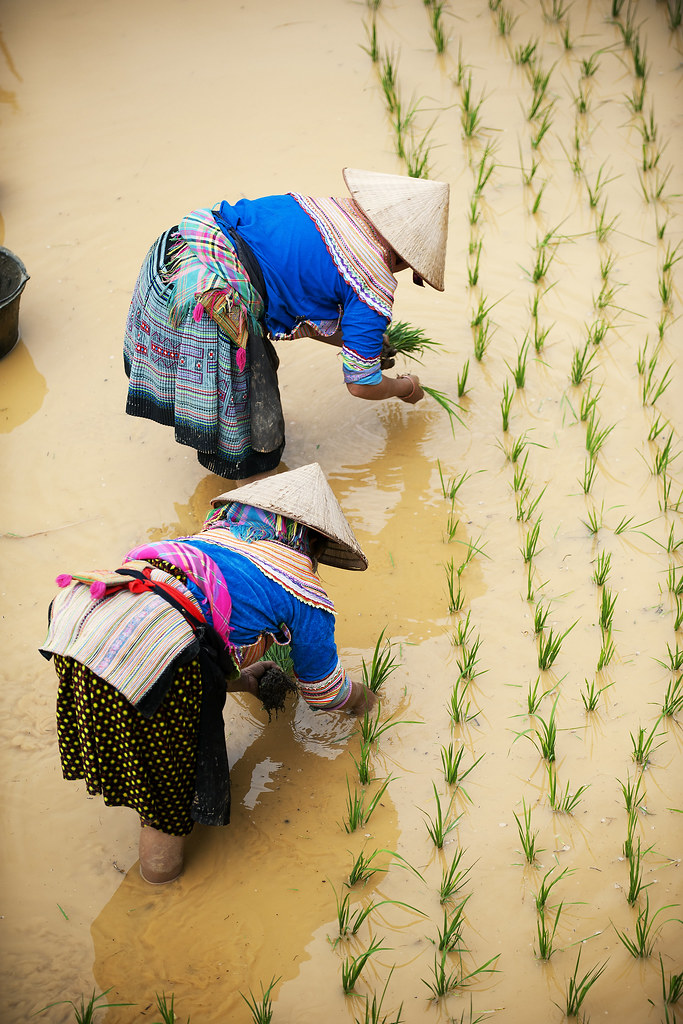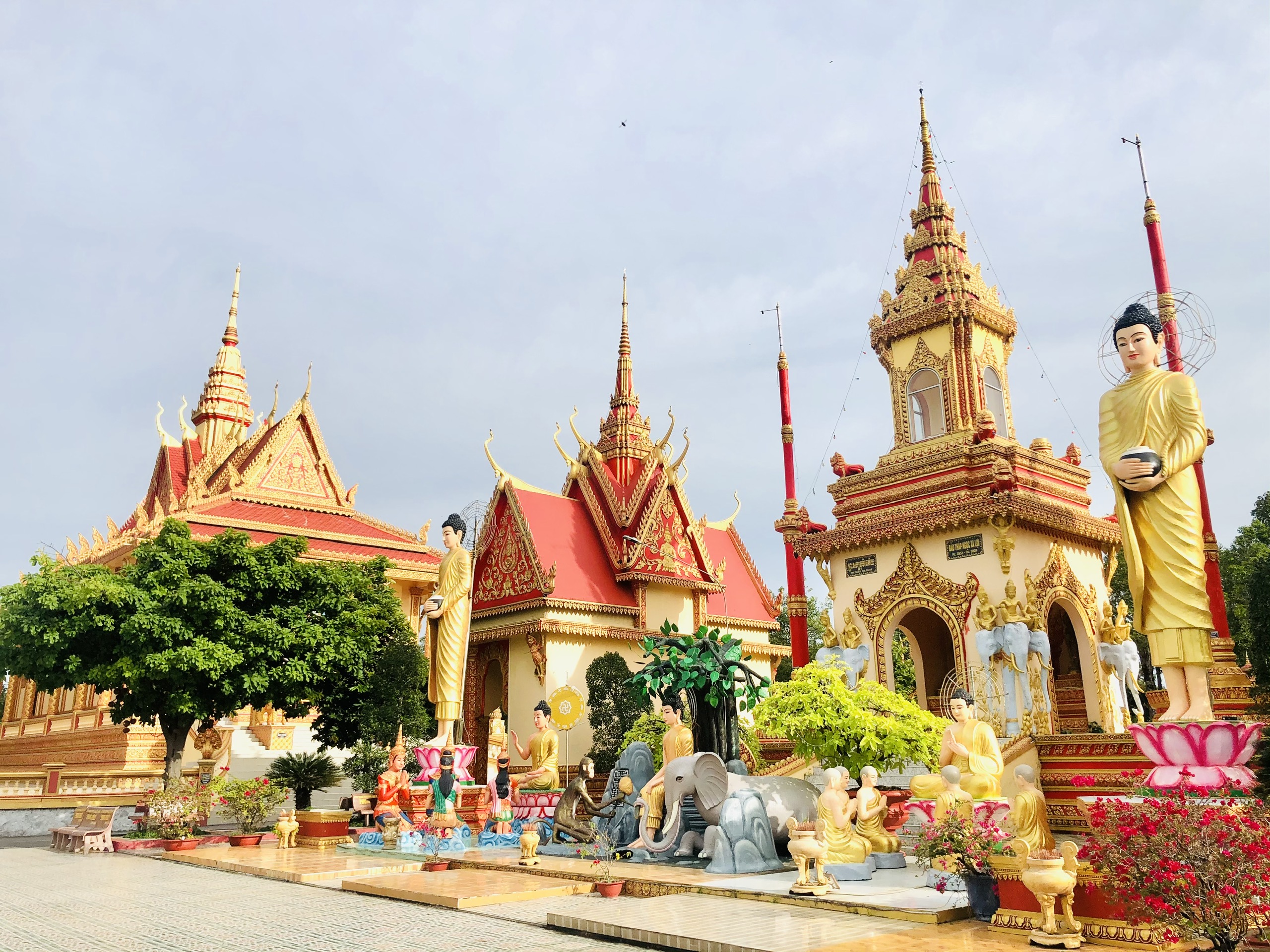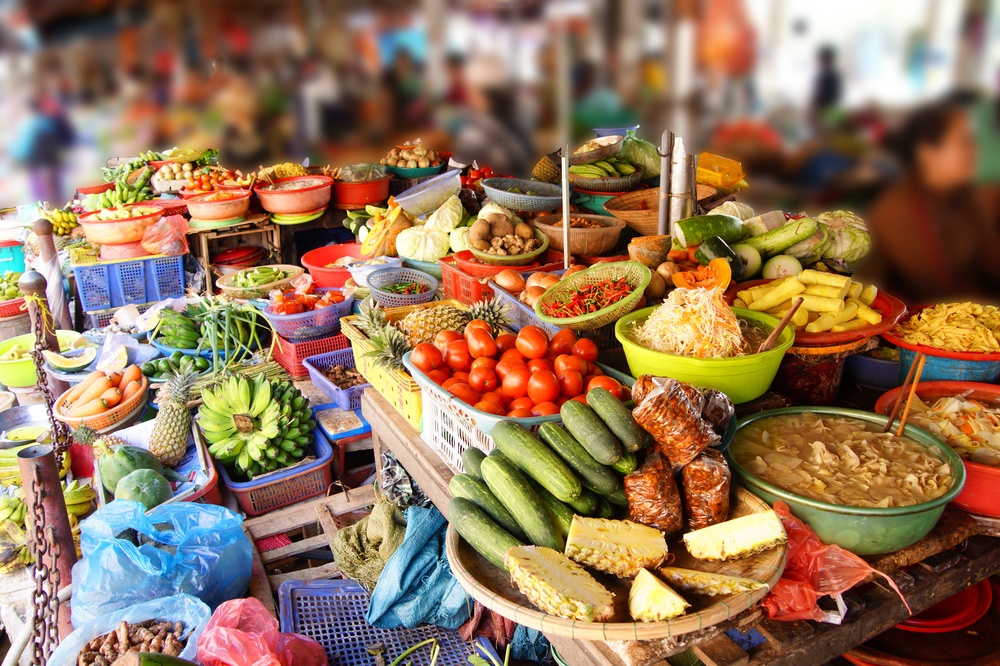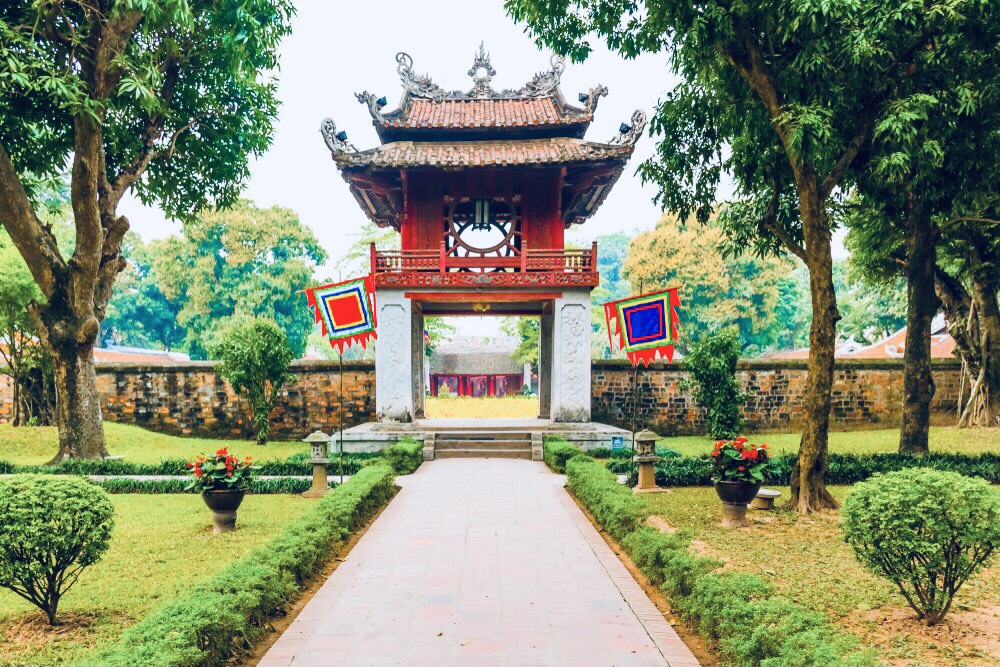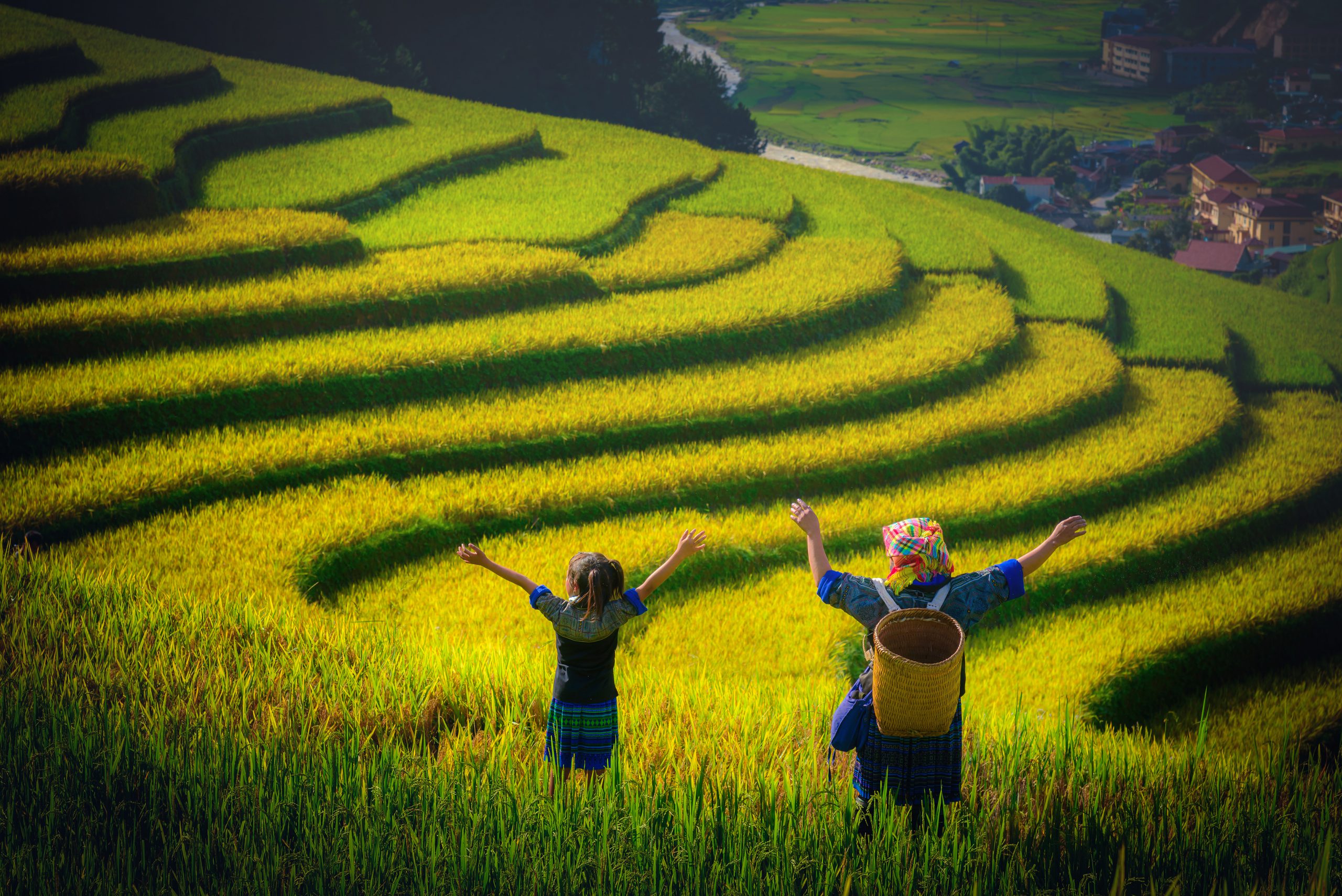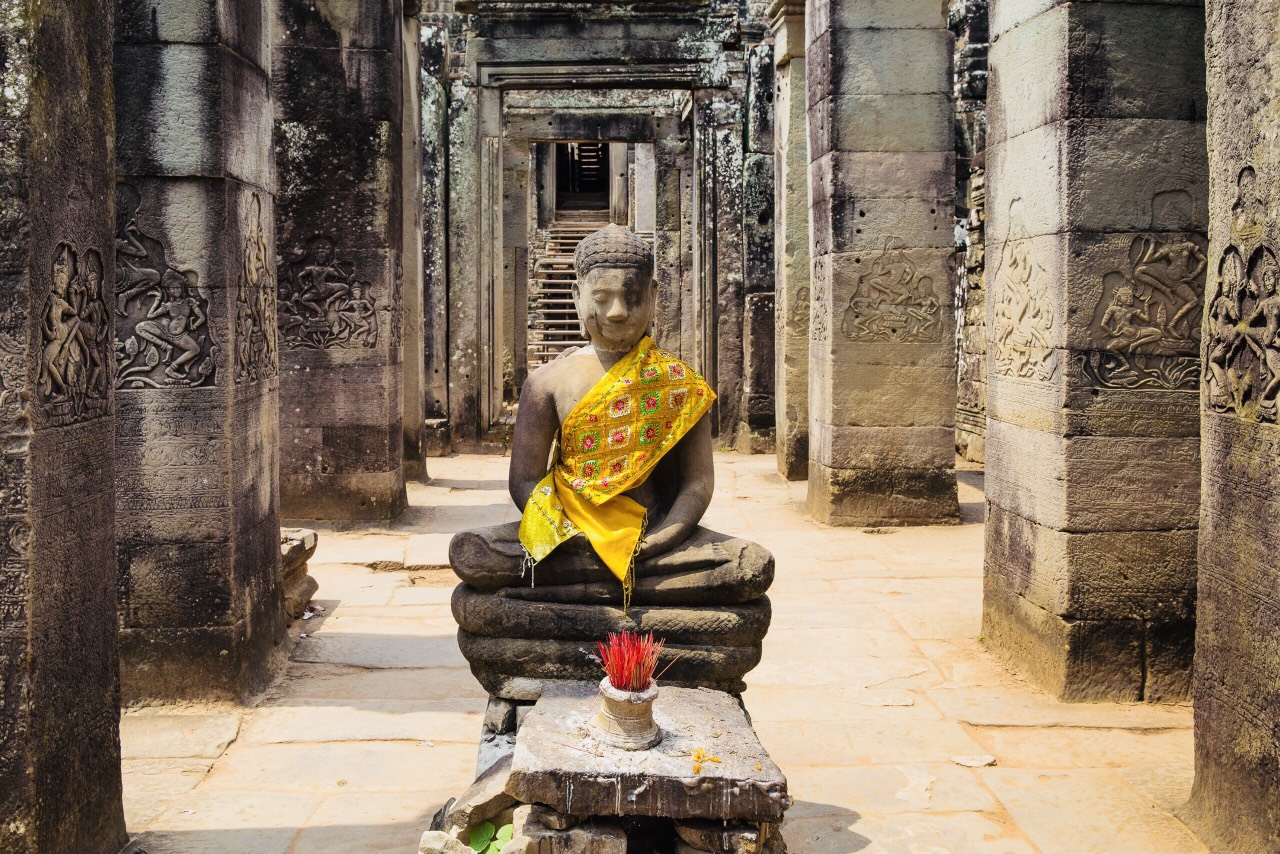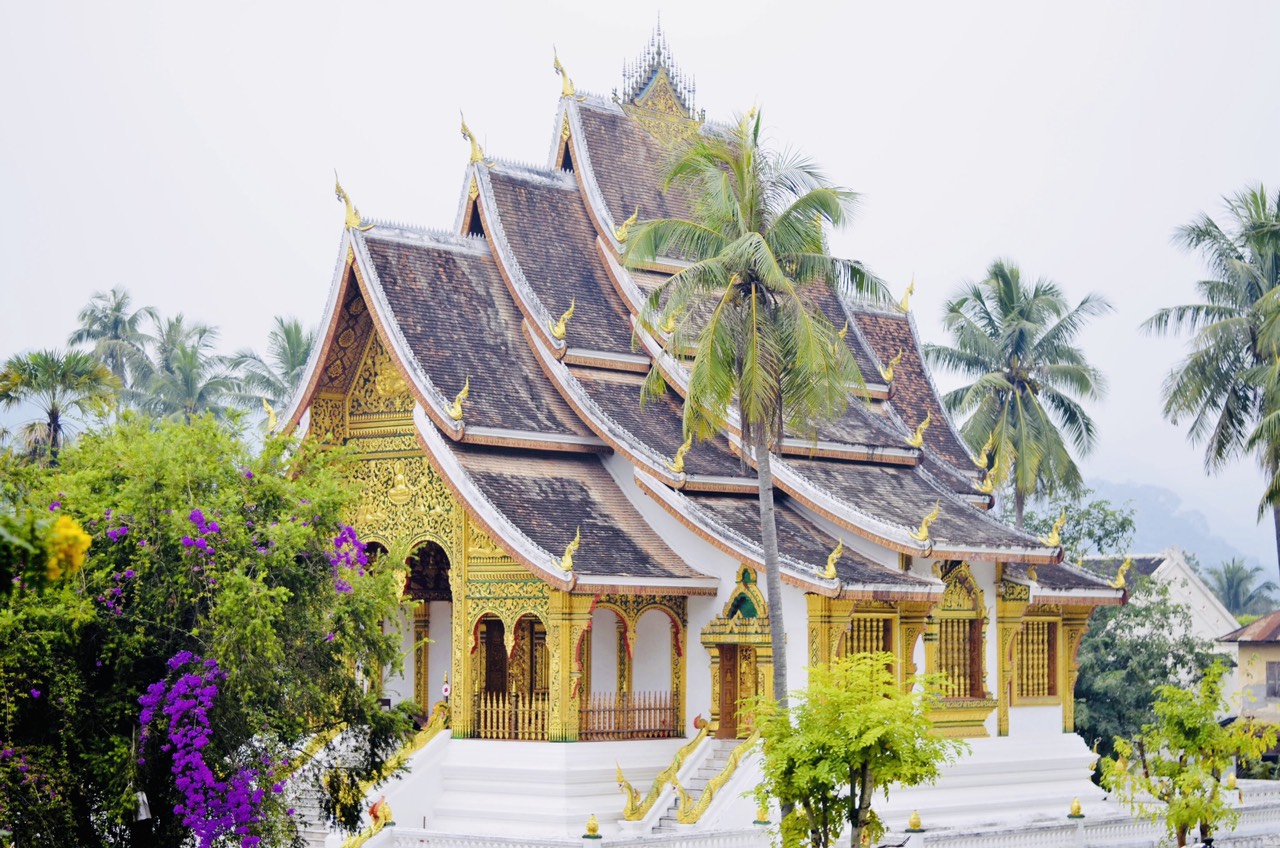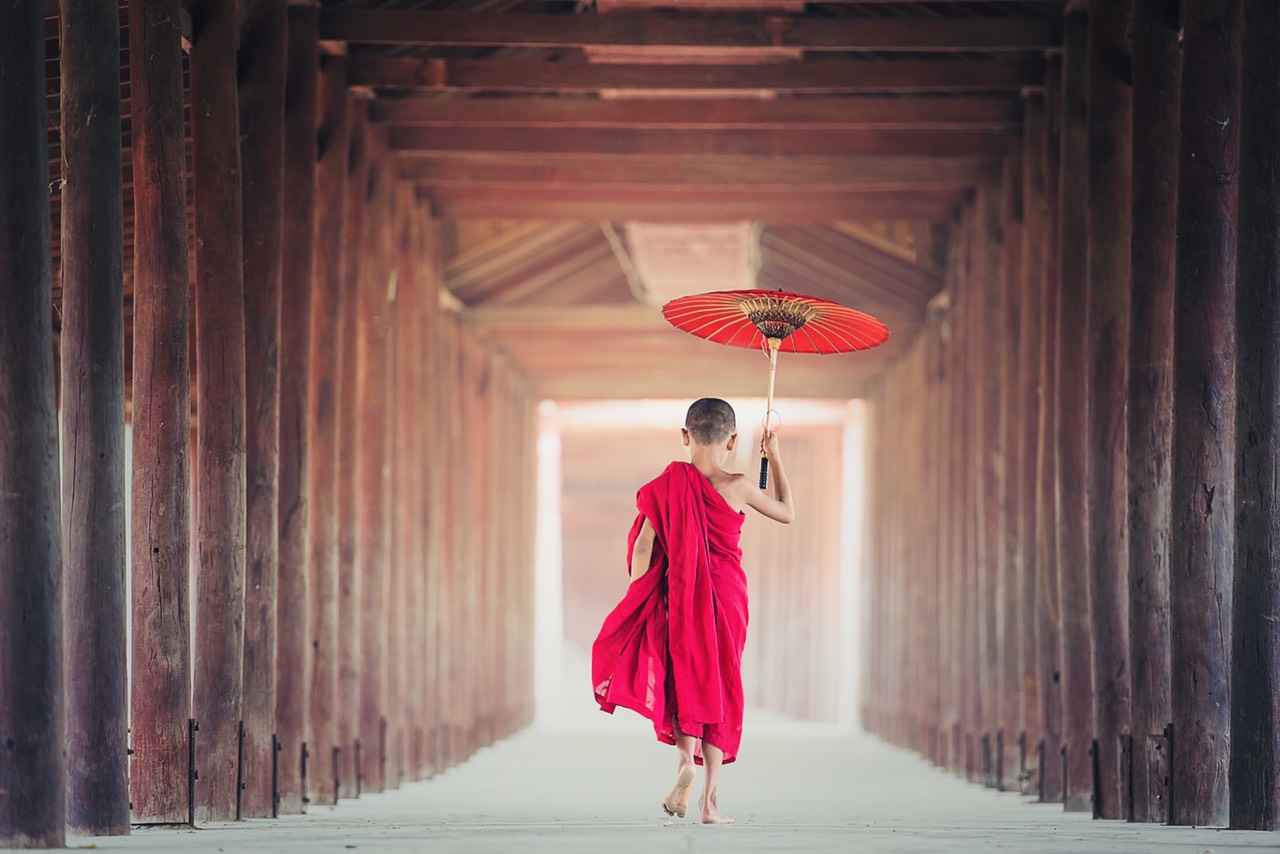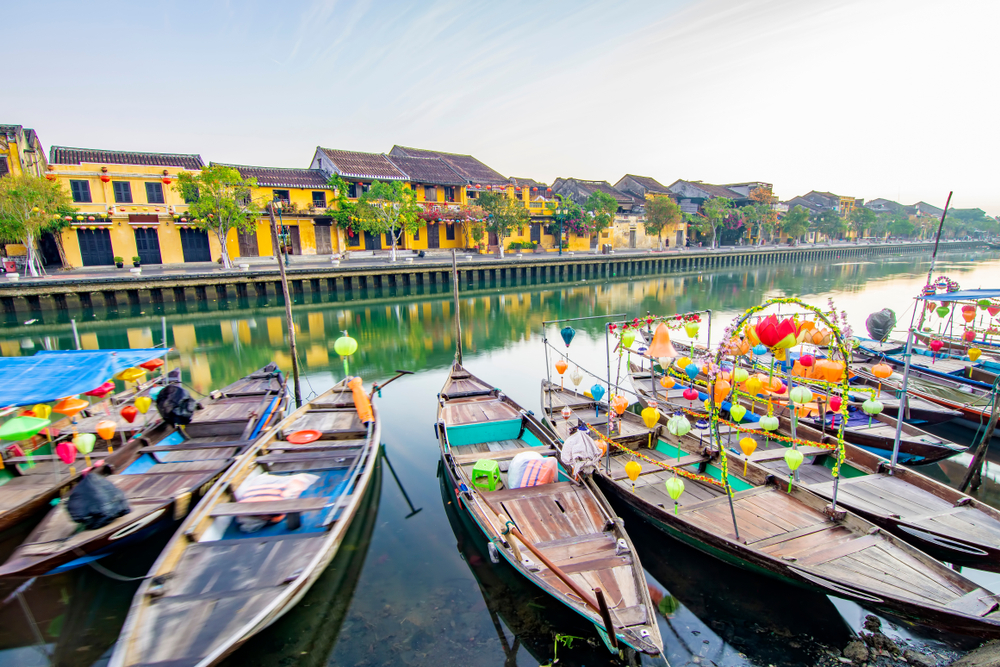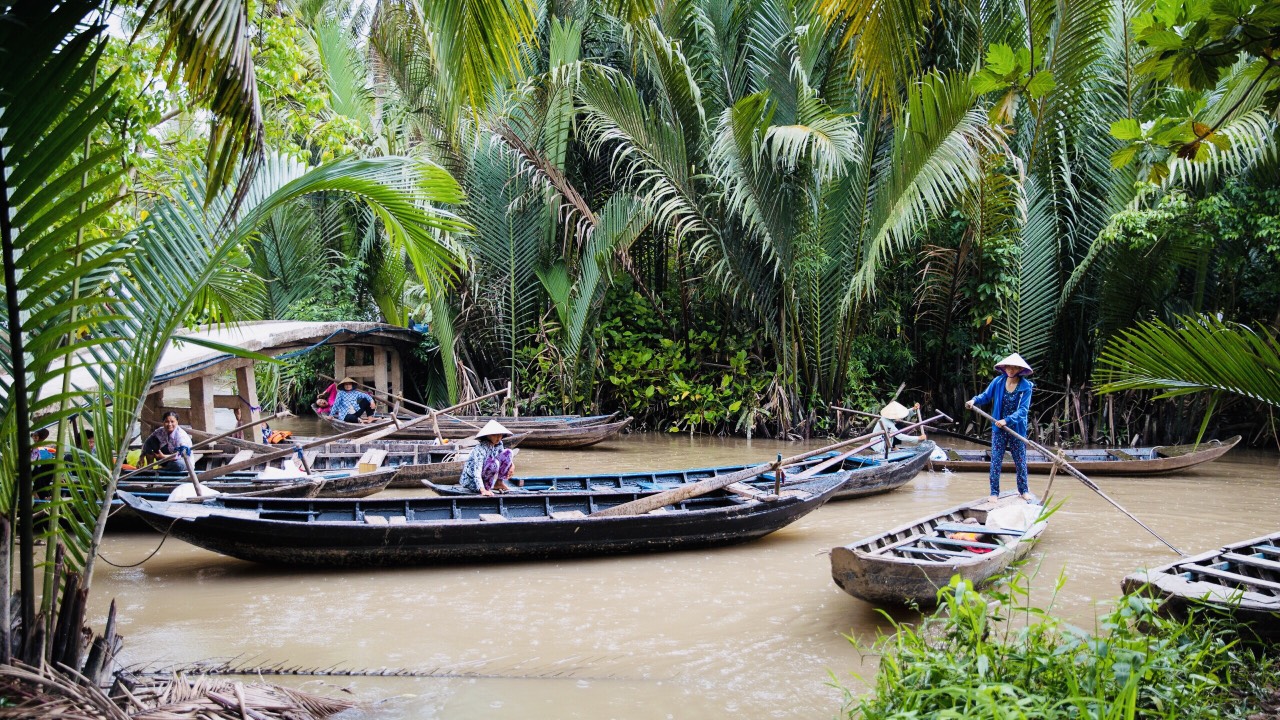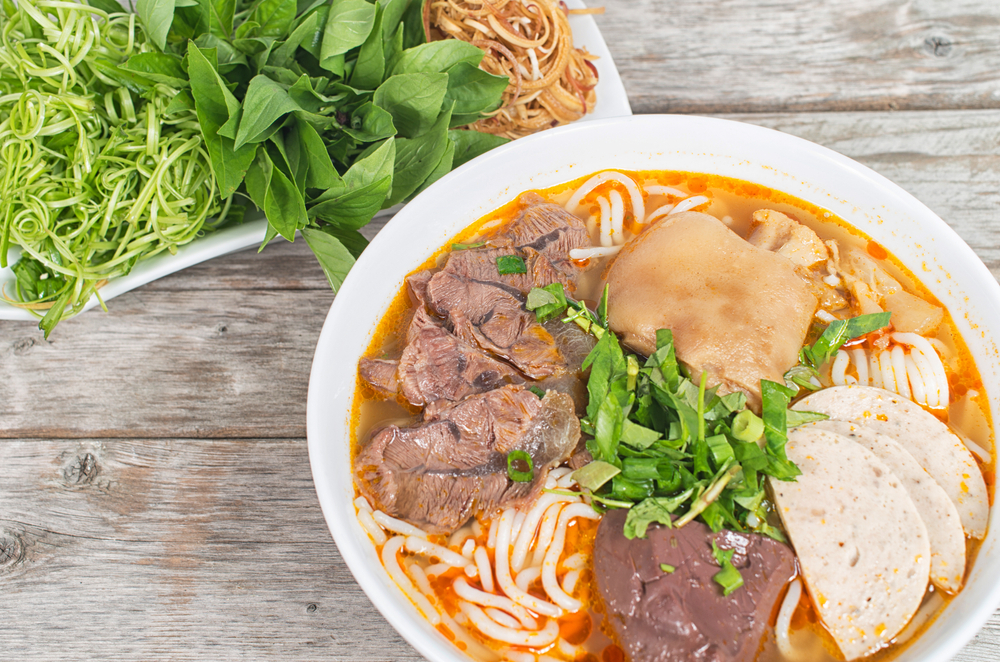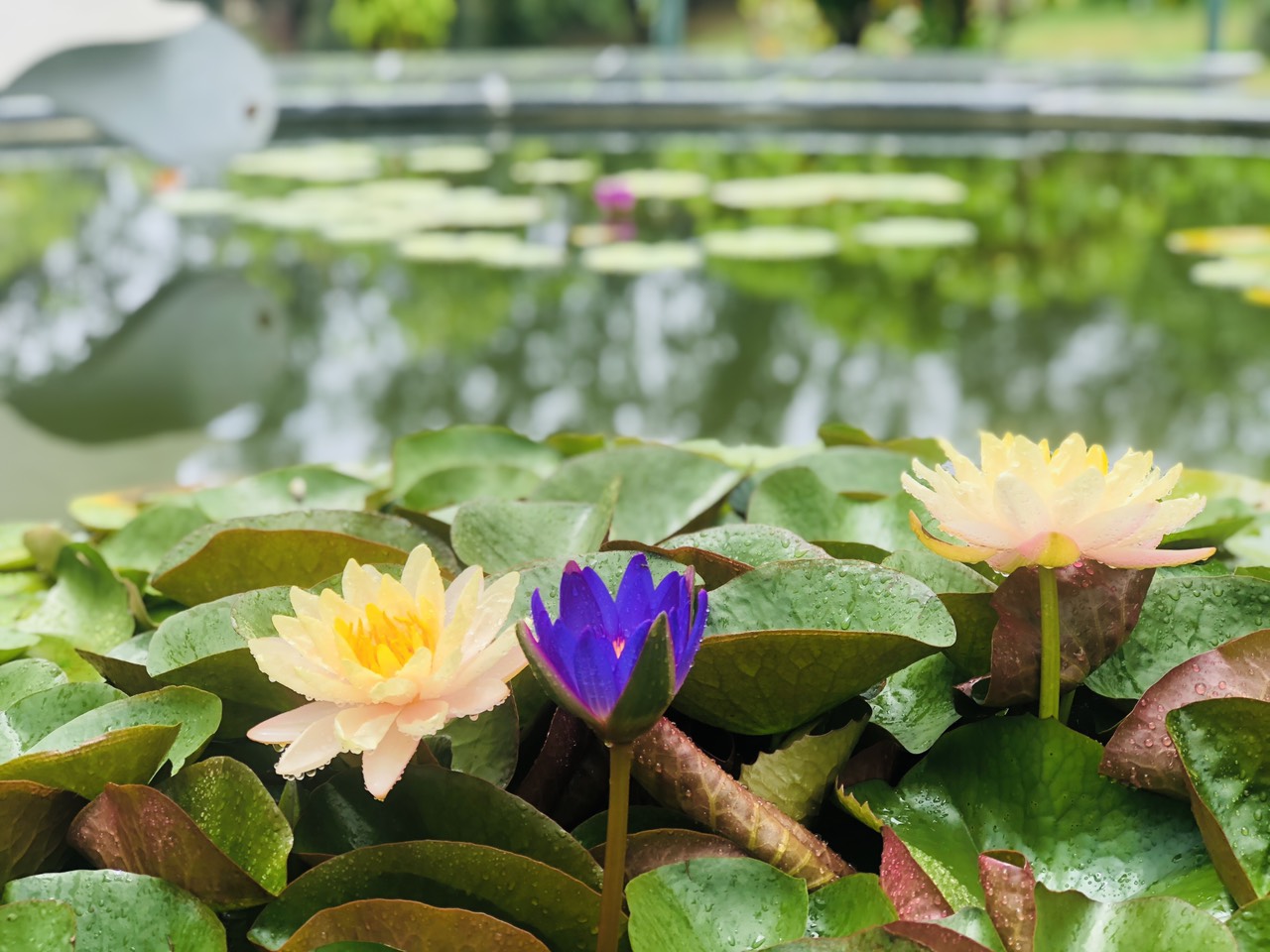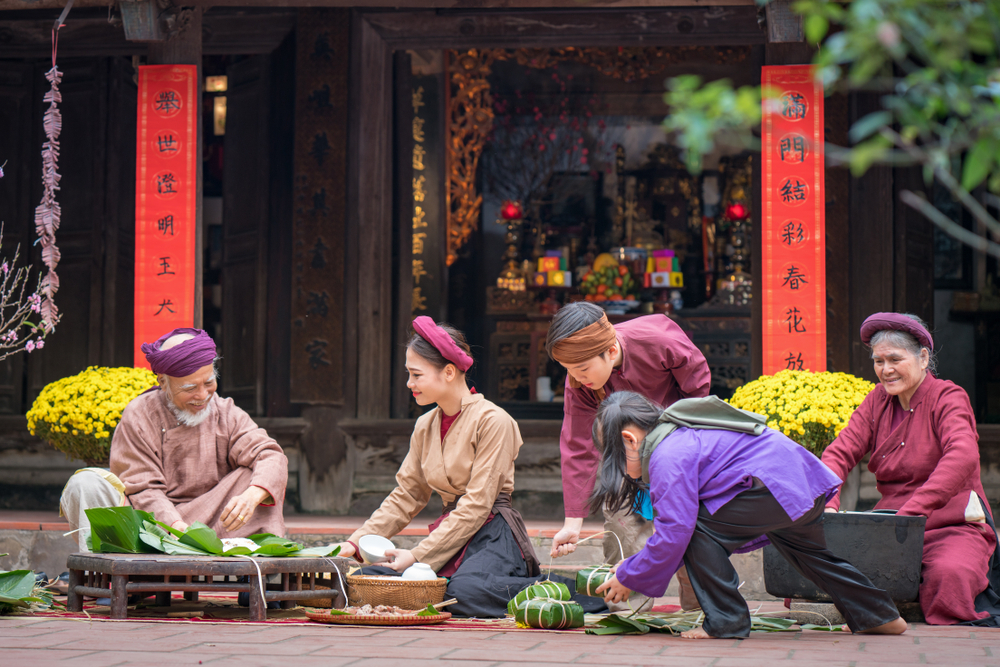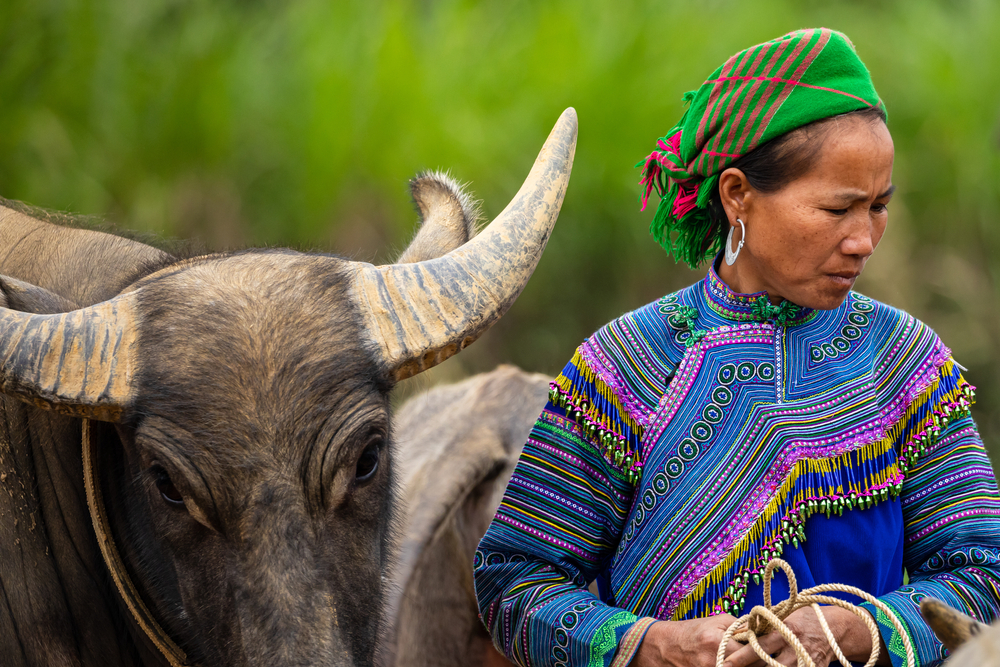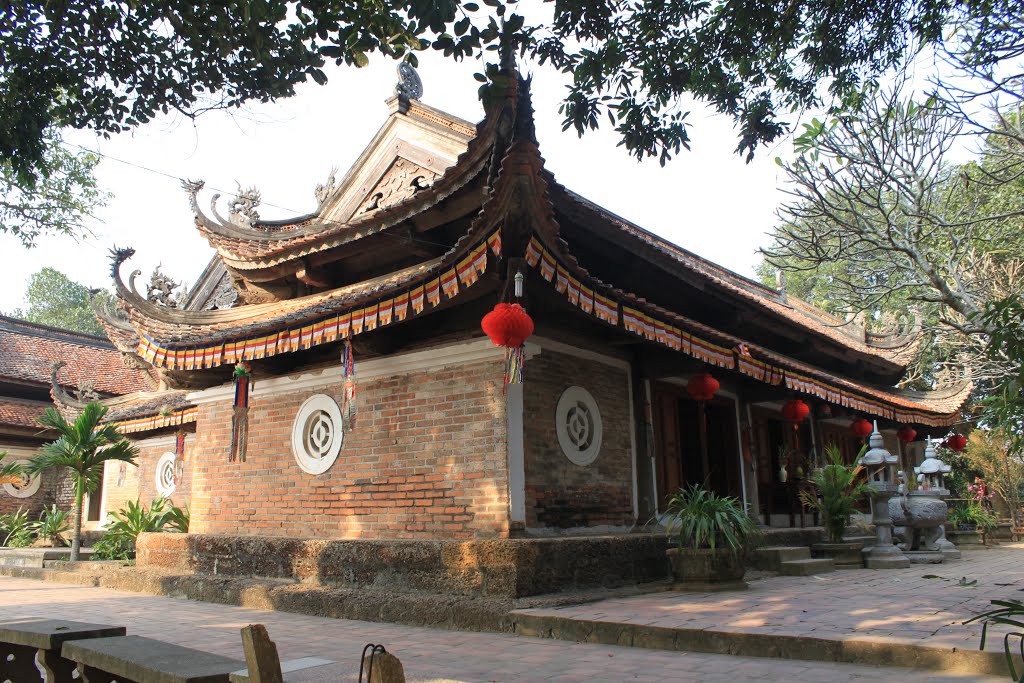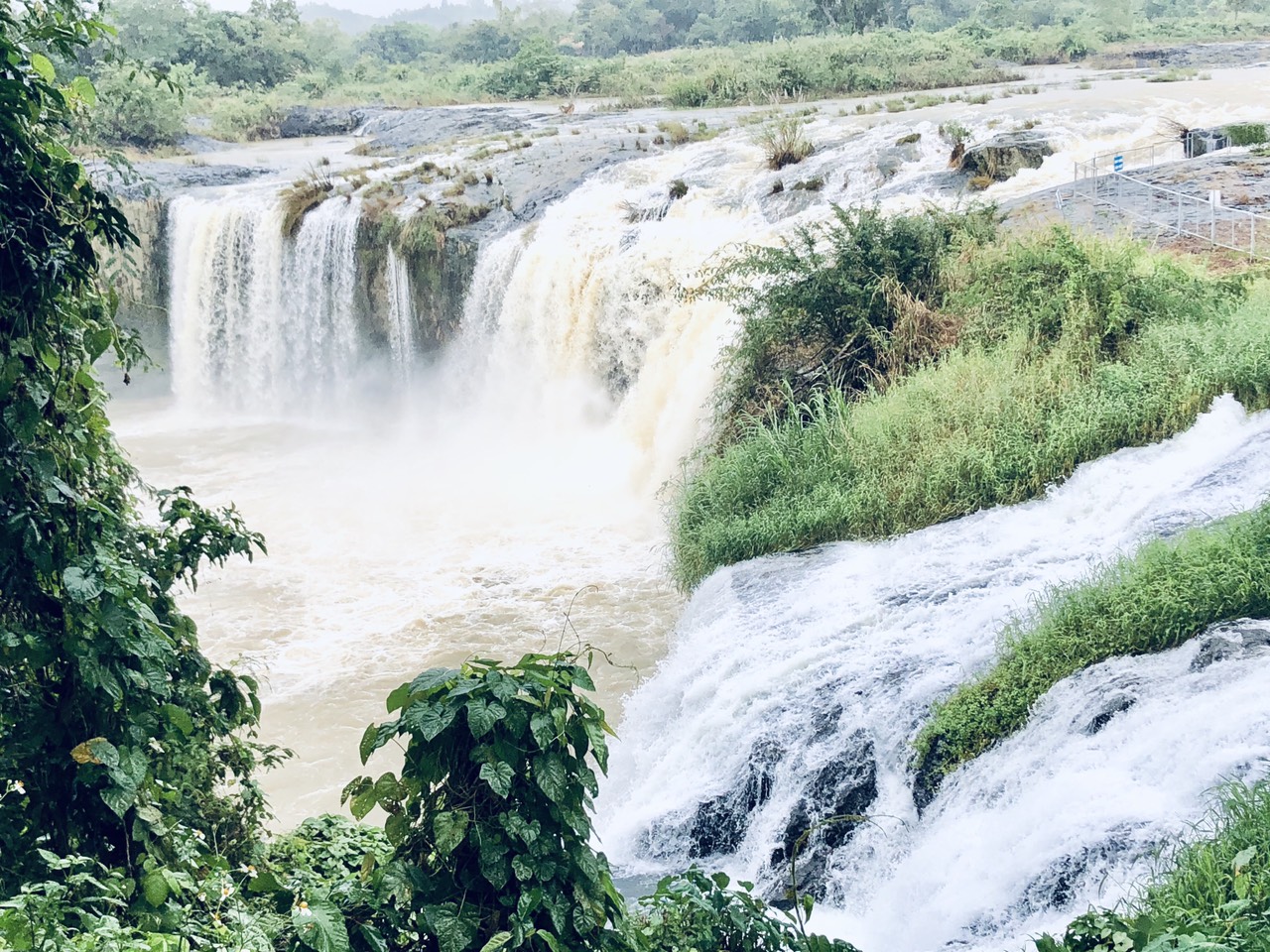
The tranquility of the thousand-year-old village of Duong Lâm
Nestled in the western basin of the Red River, on the outskirts of Hanoi, the thousand-year-old village of Duong Lam is a popular destination for both Vietnamese and foreign tourists to find the peace and tranquility of Vietnam’s ancient villages.
In addition to possessing 3 characteristic elements of a typical ancient Vietnamese village including the banyan tree, the well, the common house, Duong Lam also possesses its ancient laterite houses – a particular feature of the plains of North Vietnam.
One and a half hours drive from the capital city, Duong Lam village is located 50 km west of Hanoi. It is an ideal temporary stop for tourists on the road from Hanoi to Nghia Lo.
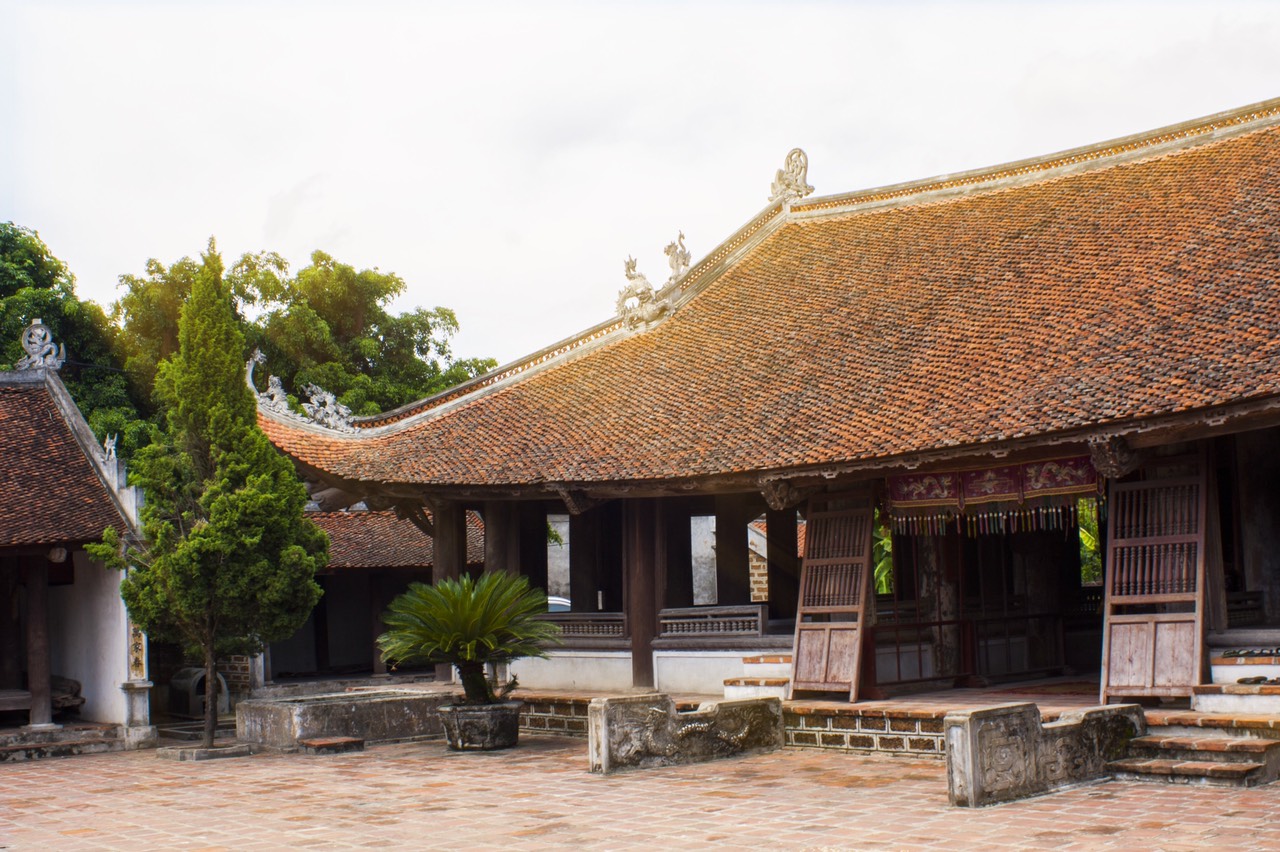
Since 2006, when Duong Lam was declared a national historic and cultural heritage site, many of the old laterite houses have been restored with financial assistance from the state. Currently, this village has more than 950 old houses and historical replicas. The oldest house dates back more than 400 years.
These houses are recognizable by their walls, the laterite entrance portico, the brick walkway and its room dedicated exclusively to ancestor worship where a typical altar is in the center. All the rooms of the houses in this village are of odd number.
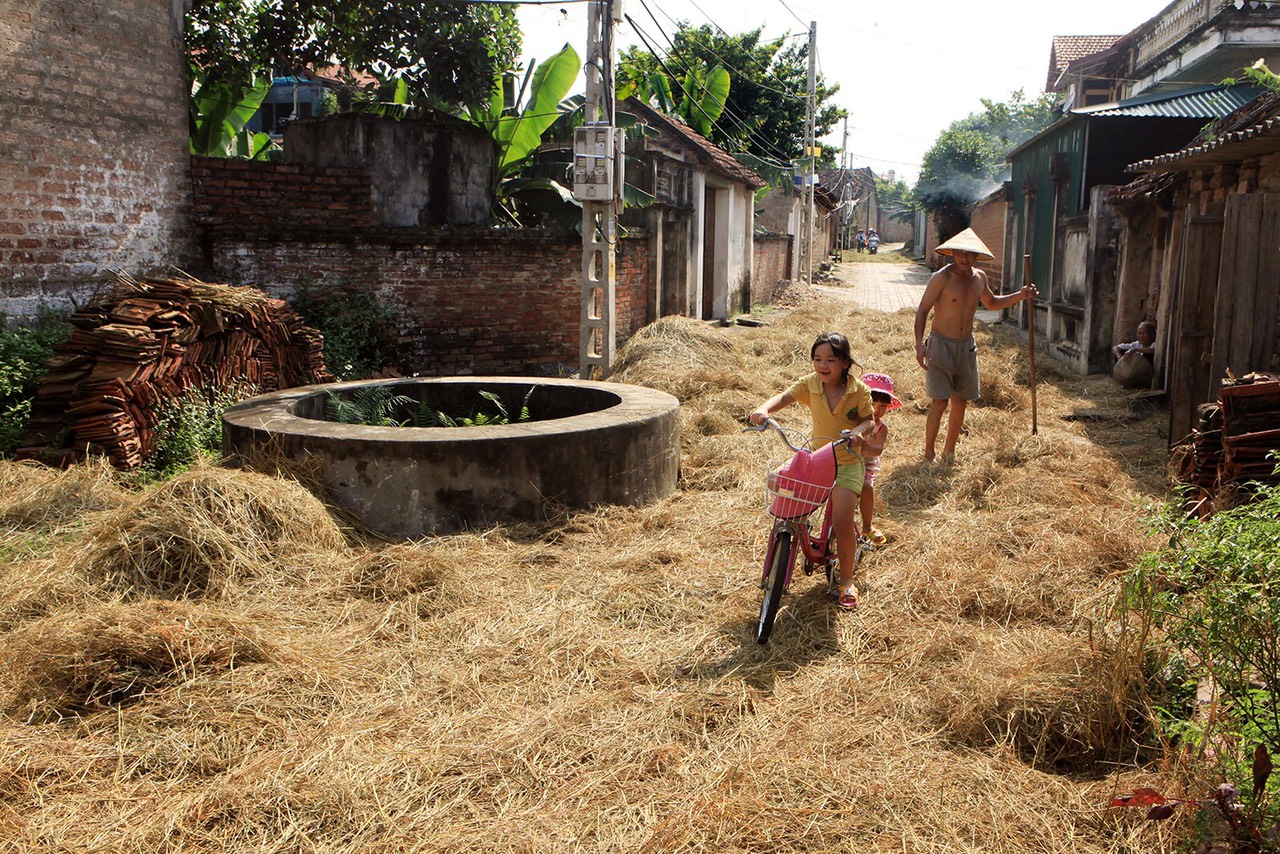
Duong Lam is considered a typical village in the northern region of Vietnam where rice farming has been a dominant activity for centuries. If you arrive there during the rice harvesting season, you will have the opportunity to smell the fragrance of the straws or to contemplate the scenes of the farmers drying rice on the village roads or in the courtyards of their houses.
In addition to rice, the villagers grow peanuts, soybeans, sesame and cassava…
Thanks to their agricultural wealth, the villagers diversify, master and transmit traditional techniques of transformation into commercial products, including the manufacture of soy sauce, cakes and sweets…
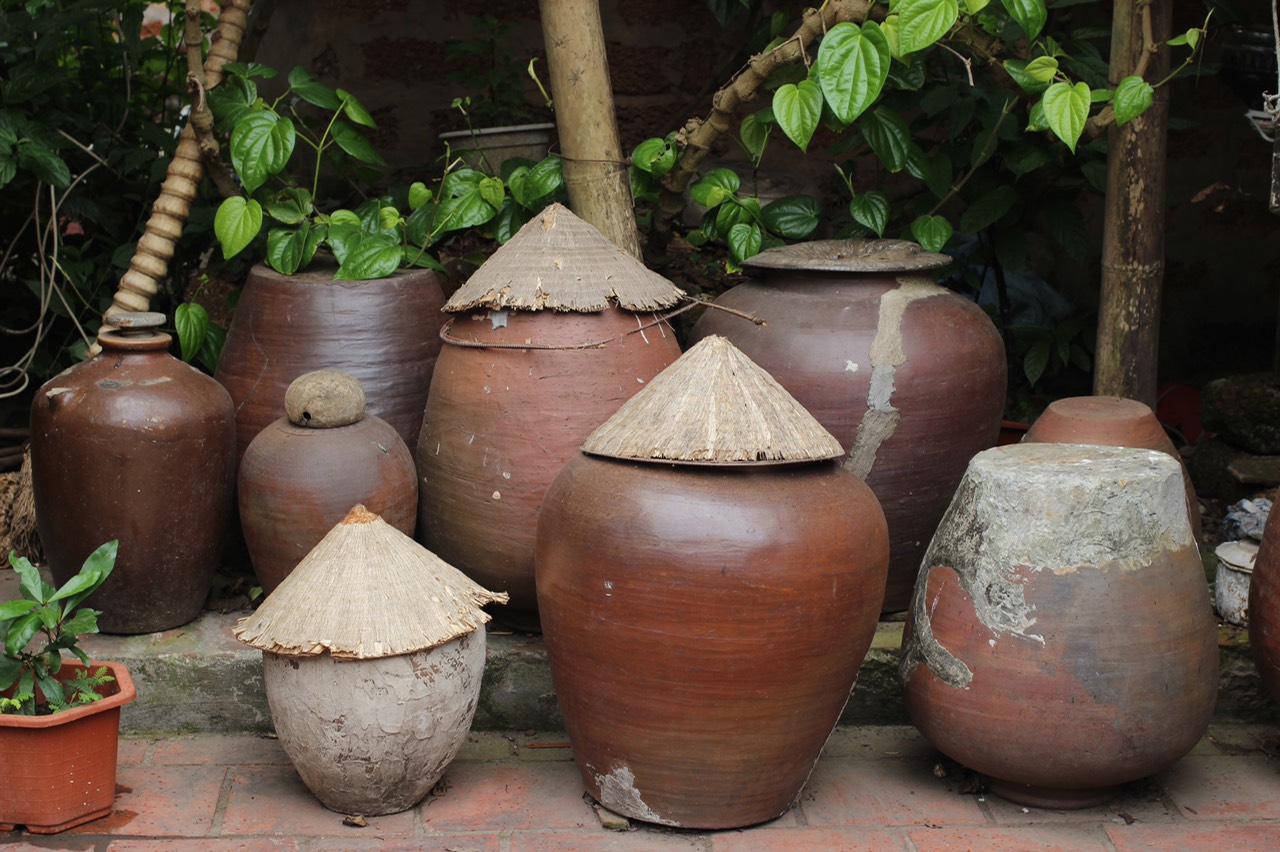
Thanks to the arrival of Vietnamese and foreign tourists, these handicrafts cross seas and mountains. Tourists bring them back in their suitcases to different countries of the world.
The conversion to traditional crafts and tourism helps the villagers to converse the old houses, and crafts while improving their life.
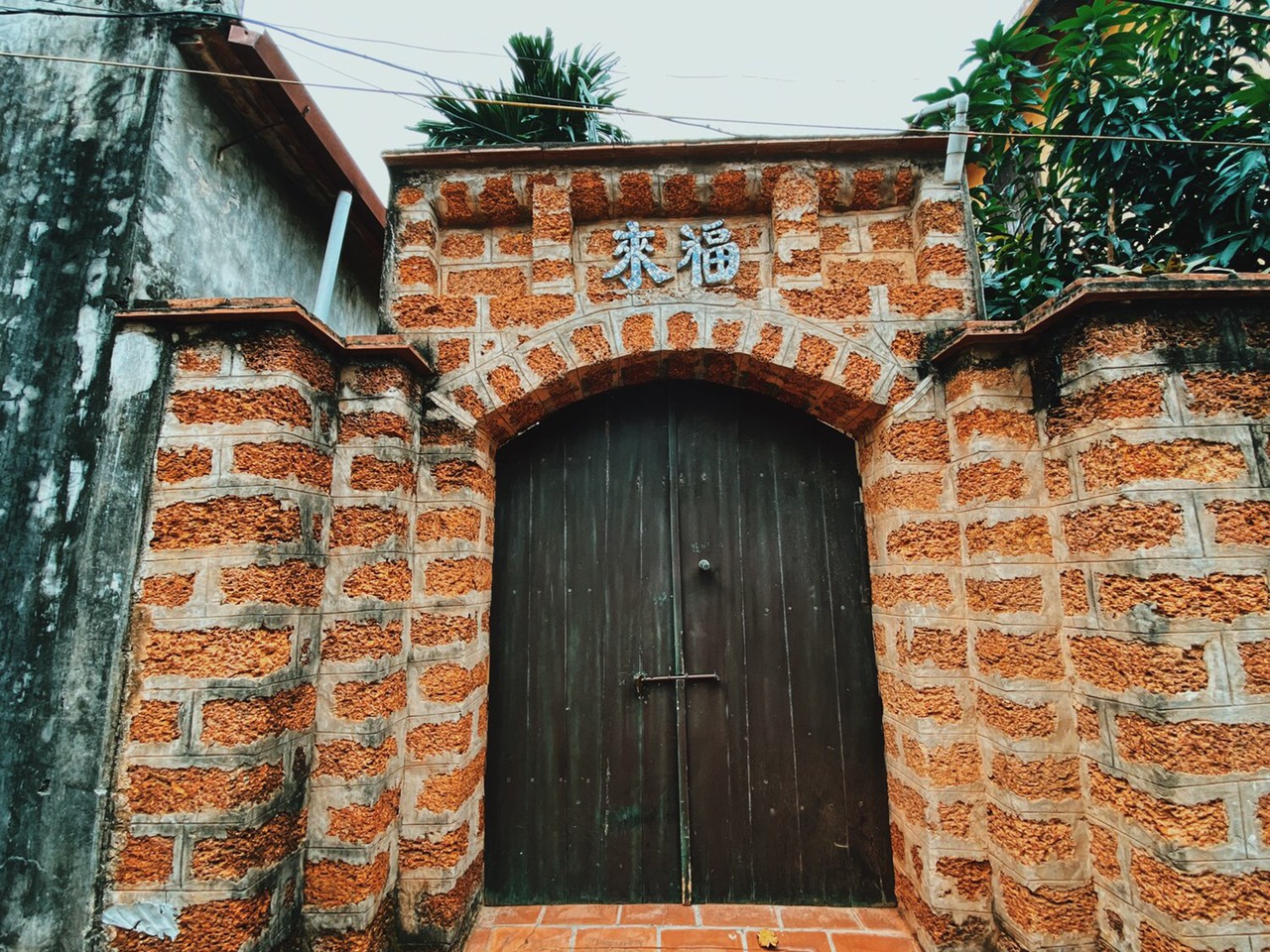
Nowadays, many villagers participate in the activities in favor of the tourists: street shops, services of tables proposed at the inhabitant’s, guided tours of the old houses by the owners…
Duong Lâm is distinguished by the architecture of its entrance portico and its common house, named Mông Phu. Built in 1833, this portico has a pretty roof. It is located next to the 300 year old banyan tree, on the main entrance road to the village.
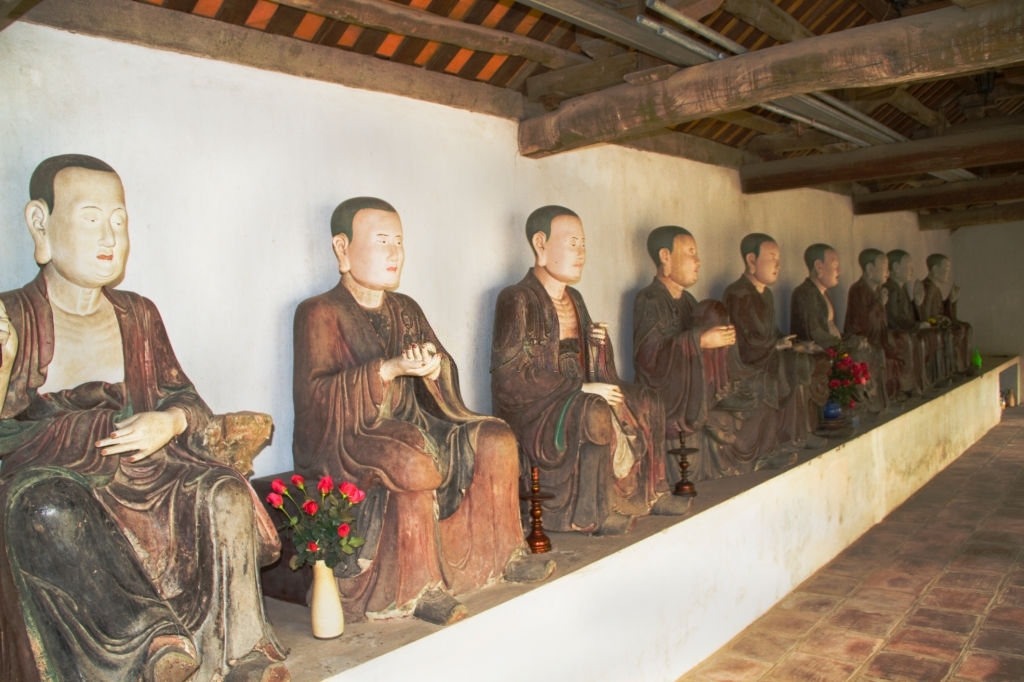
The common house of Mông Phu is classified with the national historic and cultural heritage in 1984. Its floor is laid above the ground, which at first sight makes one think of a house on stilts.
Complete your visit by the Mia pagoda, known as the sugar cane pagoda, in Duong Lam village. This religious building houses 287 Buddhist statues, some of the oldest statues in Vietnam made of terracotta and sugarcane fibers or jackfruit wood. Its 18 La Hán (Arhat) shaped from a story or a legend in honor of the Vietnamese people have each their own attitude and face.
You might also like:





